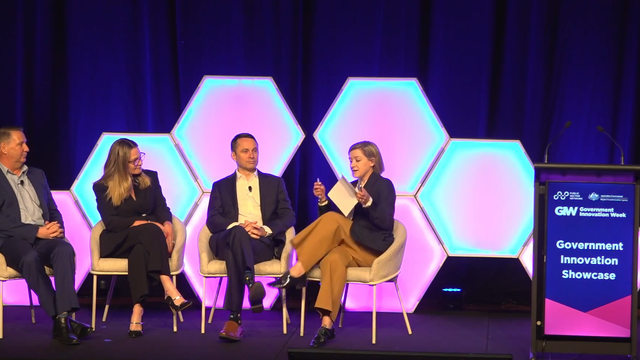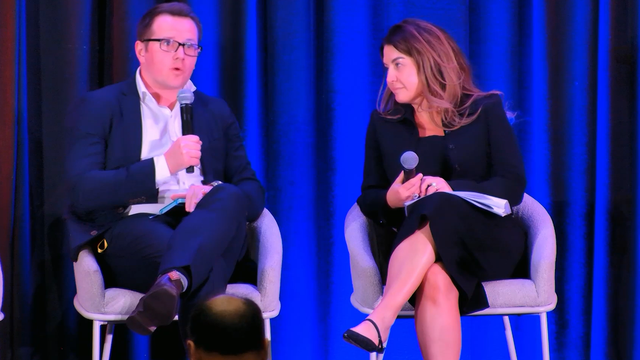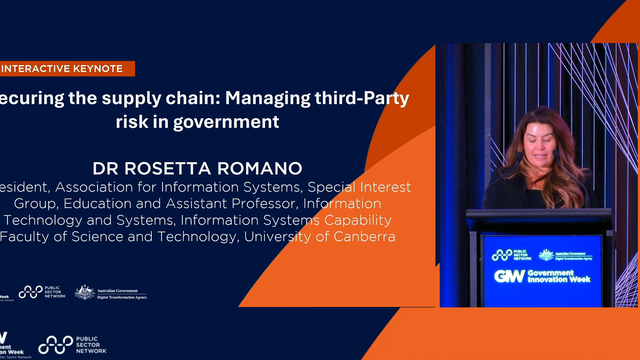

Known for the vast landscapes and distances that separate our modern cities, Australia is at the cusp of a transportation revolution. As the world shifts towards sustainable and innovative mobility solutions, the question arises: just how ready are Australian cities, for the future of public mobility needs?
One of the key indicators of a city's readiness for the future is its infrastructure. Australian cities have made strides in developing smart infrastructure to accommodate emerging technologies such as electric vehicles and autonomous transport.
Initiatives like electric vehicle charging stations, strategies for seamless collaboration in Intelligent transport Systems, such as the strong recent example of innovation led by Scott Fennelly, Acting Director, Realtime and ITS Operations, Intelligent Transport Systems (ITS) Operations, Network Operations Directorate, Main Roads WA
Its exciting to witness smart traffic management systems gaining momentum, laying the groundwork for a more connected and efficient transportation network. However, practical challenges stubbornly persist, relative to the tyranny of the vast distances involved.
Whilst currently, our rapidly growing Antipodean nation of 26M is still relatively small in terms of average global populations, as at 30th June 2023, 500,000+ new economic and student migrants were granted entry visas last year by the Labor-led federal government (this Australian Bureau of Statistics sourced data point is almost certainly inaccurate and out of date, the author notes.)
You don't need to be Government Chief Statistician or a planner of smart cities, to determine that sustainable, practical mobility solutions are needed urgently, and planning for the future needs of diverse populations, eco-friendly mobility options beyond blue skies concepts has become imperative for Future Mobility thought leader Michelle Batsas, Executive Director, Future Mobility at the Victorian Department of Transport and Planning and Host of Women Who Move Nations Podcast.
Anyone who has ever been brave enough to catch the bus service which serves customers travelling from Adelaide to Alice Springs will certainly become viscerally aware of why the land "down under," is officially considered a continent by geographers, if they weren't well informed, prior to setting out on an expedition via Greyhound.
With such staggering distances between major and regional city Center's, the simple issue of the reality of the time it takes to actually get "anywhere," naturally poses a unique challenge for the widespread adoption of electric vehicles. It's a long, long time between pit stops, for hypothetical future EV charge stations AND vegemite sandwiches.
.
Addressing range anxiety and expanding charging infrastructure across regional areas will be critical for ensuring a seamless transition to electric mobility. In terms of public transportation, cities like Sydney and Melbourne have invested in cutting edge mobility and infrastructure technologies, to better service the evolving needs of diverse customers segments, however there is plenty of room for improvement. A holistic approach that integrates various modes of transport, including buses, trains, and emerging options like ride-sharing and e-scooters, is essential for creating a cohesive and accessible urban mobility system.
Further north on the eastern seaboard Queenlands' Department of Main Roads has led the change nationally in recent times, exploring integrated transportation. Kevin Cocks, Executive General Manager, Accessible Transport Network, has been focused on harmonising multi-modal solutions to enhance commuter experiences across the sunshine state.
The regulatory landscape is another crucial aspect. Australia has been proactive in formulating policies that support the integration of new mobility solutions. However, adapting regulations to accommodate rapidly evolving technologies, ensuring safety, and addressing privacy concerns will be an ongoing process. Cultural shifts towards sustainable living and a preference for shared mobility experiences are also influencing the future of transport in Australia. Initiatives promoting cycling lanes, pedestrian-friendly zones, and shared mobility services are gaining popularity, indicating a changing mindset that aligns with global trends.
In conclusion, Australian cities have made commendable progress in preparing for the future of mobility. The foundation is laid with smart infrastructure, evolving regulations, and a growing cultural acceptance of sustainable transportation. However, addressing the unique challenges posed by the country's geography and further integrating various modes of transport will be pivotal for ensuring a truly future-ready urban mobility landscape. Australia stands at the intersection of tradition and innovation, and the choices made today will shape the way its cities move tomorrow.
These case studies, plus more from around Australia will be discussed in detail at the upcoming Future Mobility 2024 virtual event (running as part of the Public Sector Network's Future Series.) To join Kevin Cocks, Michelle Batsas, Scott Fennelly plus representatives from TfNSW, Transport Canberra and the Department of Transport and Planning Victoria register your complimentary attendance at the Future Mobility 2024 online event running on Thursday 21st March 2024.

































